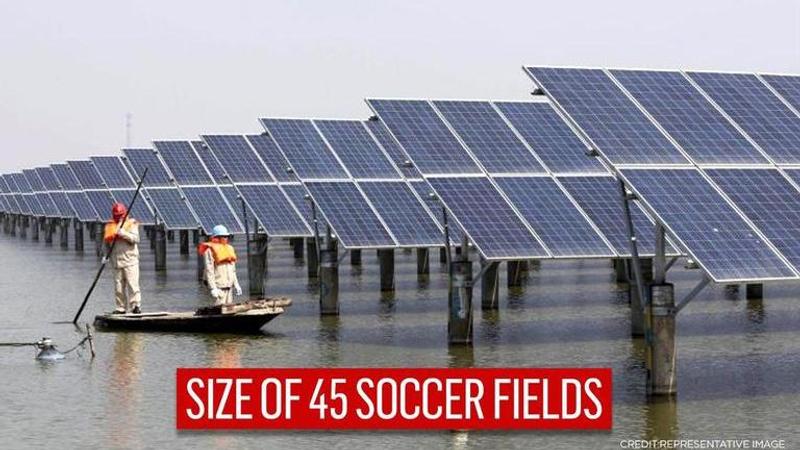Published 15:36 IST, March 7th 2021
Singapore builds one of world's biggest solar farms to fight climate change
Singapore is one of the biggest per-capita emitters of greenhouse gases in Asia as it has the second greatest population density in the world.

Singapore is building one of the world's largest floating solar farms off the coast to support the effort against climate change. The 60 megawatt-peak floating solar system, which occupies an area of about 45 football fields, is vital to the Southeast Asian country, where scarcity of land makes it difficult to invest in other types of renewable energy projects, such as wind turbines and hydro-power plant. Singapore is one of the biggest per-capita emitters of greenhouse gases in Asia as it has the second greatest population density in the world.
Enough power to meet PUB's demand
The floating solar system is being built at Tengeh Reservoir and once completed, it will list Singapore among the few countries that use renewable energy to treat water. The power generated by the solar system will meet the energy demand of Singapore's water treatment plants. The system is being built by Sembcorp Industries, which collaborated with the country's Public Utilities Board to turn the project into reality.
The floating solar system has an innovative design and uses smart technologies to enhance operations. The system has been designed to minimize environmental and water quality impacts. The pontoons on which solar panels float have been built using certified food-grade quality high-density polyethylene (HDPE). The material can withstand intense sunlight as it has been designed to resist ultra-violet rays from the sun.
The system has been designed to last for at least 25 years. The solar panels have double-glass PV modules instead of the single-glass variant, which will enhance its durability in wet and humid conditions around the open ocean. The system comes with a digital monitoring platform that allows staff to keep an eye remotely. The construction of the project had begun in August 2020 and is expected to finish later this year.
Updated 15:36 IST, March 7th 2021




